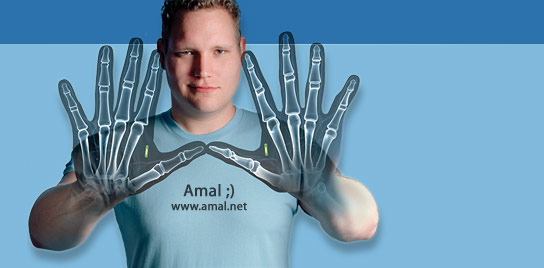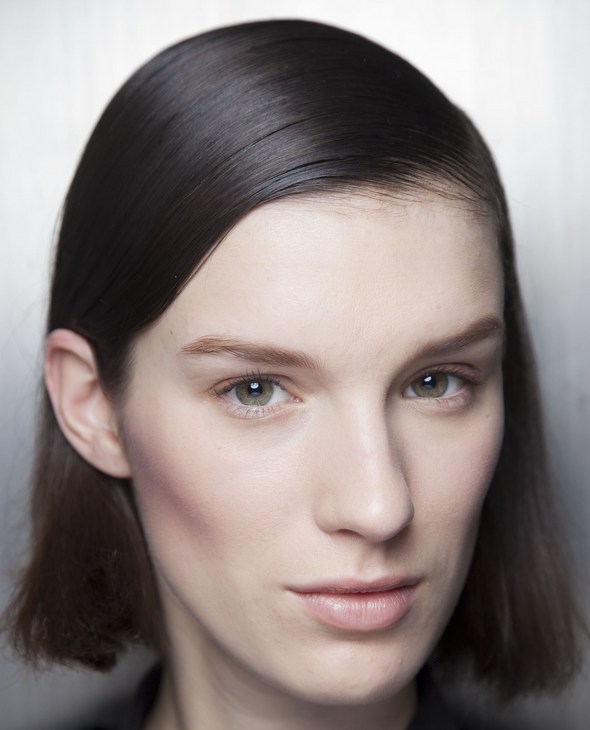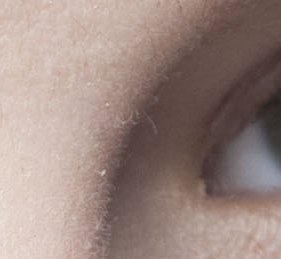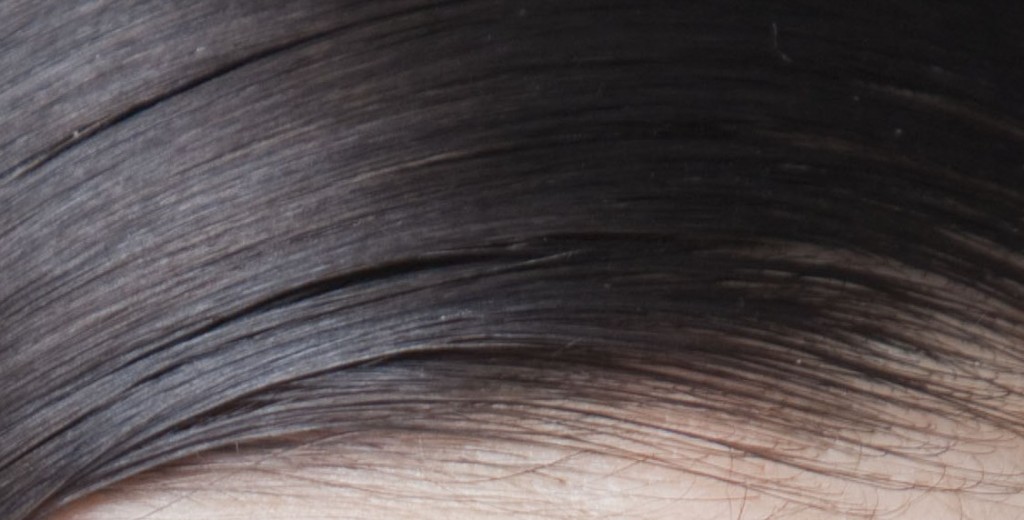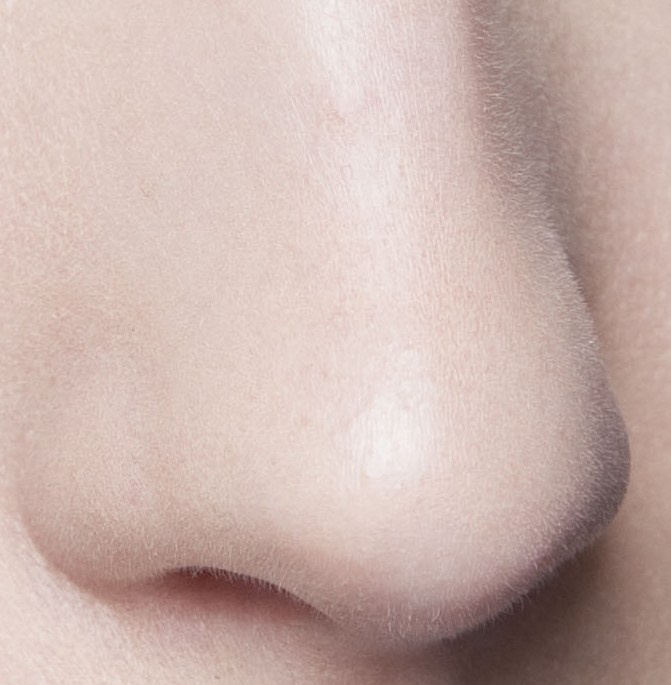Every once in a while I spend a few minutes of down time searching Google Images with random words. Then I crank up the resolution filter to see if I can find any interesting photos or infographics that are “70 MP or larger”. I love high resolution photos for many reasons, but I have to say the first reason is that zooming into the details kinda reminds me of the scene in Blade Runner where they “zoom and enhance” their way to a clue in a tiny reflection bouncing off a small object in a photo.
Photos are horrible substitutes for reality. Limitations with resolution, framing, and scope lead to poor representations of the subject being photographed. This is also exacerbated by the fact that, like in theatre, liberal application of makeup tends to make a person look much better in a photo because the detail is lost in the fuzz of one or more of the following; low resolution capture, file compression, pixel scale compression, display loss. The display mediums themselves also tend to fail, being too small to practically represent the pixels presented, let alone accurately present the true size and nature of the subject being displayed. The only thing that has come close in the recent past are IMAX movies. Huge cameras, high resolution film, and special lenses attempt to replicate the full scope and resolution of the human eye… but even IMAX movies start to fray around the edges. Next time you’re in an IMAX theater, take a look around at the edges of the gigantic screen and you’ll see the grainy, distorted limitations of IMAX.
In recent years though, HD video and ultrahigh resolution photos and are starting to become more prevalent. My camera phone can shoot higher res photos than the digital point and shoot I bought only a few years ago, as well as shoot 720p HD video to boot! Just as prevalent, very large “miniature movie screen” televisions are now just about everywhere. The combination makes for some interesting cultural conundrums. Having been a hobby photographer and videographer, I’m acutely aware the roll that makeup plays. In theatre and television, the rule of thumb seems to be “the more makeup you have the better you will look”. Unfortunately the amount of spackle it takes to make you look good to an audience 20-100 feet away, or on camera, also means you look like a scary clown or hideous pancake monster up close or in person. However, with HD video and huge TVs that are capable of displaying crystal clear, life-size representations of people’s heads and faces during a mid-shot, the makeup looks ridiculous. Nowhere is this more obvious than the evening news broadcast. I was in a restaurant waiting for pickup and they had a huge HD TV hanging in the front. The talking heads on the HD newscast were bigger than life, and I could see every ounce of makeup just hanging off their faces. When are they going to accommodate HD viewers and start toning down their makeup regimen to a more “normal” level? A new rule needs to be made for TV telecasters; “look good in person, look good in HD”.
But anyway, back to Google Image searches… sometimes I come across extremely high resolution photos that were taken by a professional photographer and meant to capture a certain look or in some way convey a certain sense of perfection. I love these kinds of images, because invariably you can zoom right in and see the real, actual person… complete with every mark, misplaced hair, and piece of lint. These so-called “imperfections” fly in the face of the very premise the photo is trying so hard to convey… and that the photographer’s own penchant for high resolution photography allowed me to see each and every contradiction to their intention… well that’s just hilarious, at least to me anyway.
Today I found this image (careful, it’s huge). Looking at the image as a typical framed image in a website, we are zoomed way out so the entirety of the image can easily be seen/displayed within the context of the surrounding website, which of course must be displayed within the confines of a typical computer screen at a typically acceptable screen resolution.
The slick hairstyle, uniformly grey muted background, and business suit attire all attempt to convey a sense of professional, no-nonsense perfection. Zoom in however and we see all the cracks in this facade.
Where this kind of ability to see through the photographer’s intention might actually be useful for society in some way is in the realm of celebrity photography. There are plenty of candid shots of celebrities out there, but to be able to see the juxtaposition between intention and reality in a single photograph… it breaks the aura surrounding celebrity and brings the person down to Earth, despite all the effort put into making them seem larger than life… it seems powerful on some level. Maybe because I’m seeing something I’m not supposed to.
Tags: cameras, culture, photography, psychology



